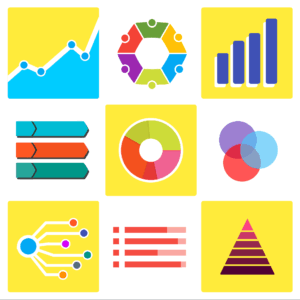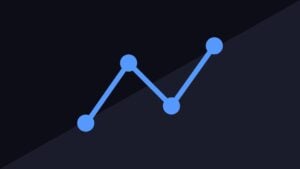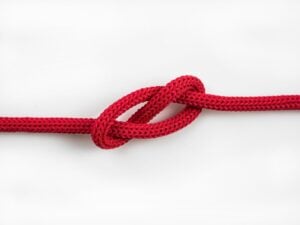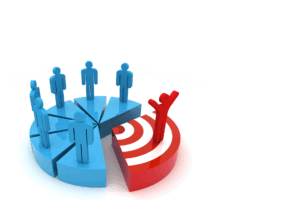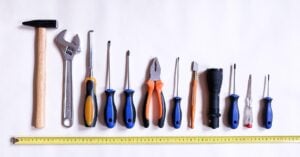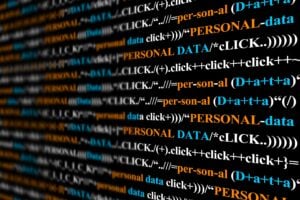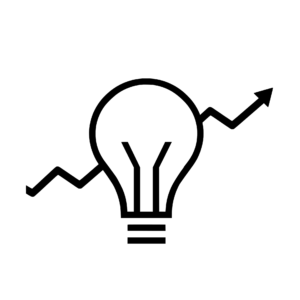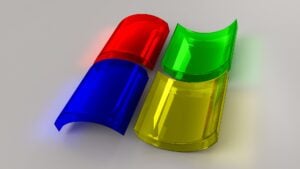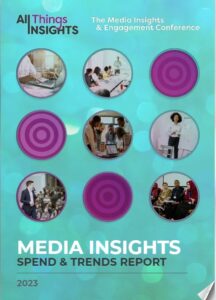All Things Insights recently sat down with Karen Kraft, Associate Director, Consumer Insights & Analytics, Johnsonville, to discuss the foundation of do-it-yourself research, the pitfalls and the potential, the influx of AI tools, best practices and the future of the DIY space. Because sometimes, you have to roll up your sleeves and get the job done.
Doing More with Less
All Things Insights: We want to talk a little bit about the do-it-yourself researcher. TMRE 2025 is coming up and there’s always a few sessions featuring the DIY theme. Why does this concept resonate so much with the insights professional?
Karen Kraft: I think a lot of it does come down to literally having to do more with less. Budgets are being stressed and strained, and the luxury of both time and money, because also timelines are getting compressed. It’s challenging to be able to have the time and the budget to put together a request for a proposal and get one or more proposals and expect a full service outside company to capture everything that we need to know and be able to give them the time to then do everything and come back with recommendations. And then the budget to pay for that just doesn’t exist anymore for a lot of the smaller questions.
There’s a lot of tools out there that have been developed that can get a lot of the less risky questions done very well at varying levels of difficulty done today that are DIY so that the true custom questions, the hard stuff, is the only thing that a lot of people are now bidding out anymore. For the easy questions there’s way too many tools available. If you’re not using them, you might be wasting your research dollars.
The Impact of AI on DIY
All Things Insights: There are a lot of tools in the marketplace, and with all the agencies, vendors and consultants. Has AI changed the game? With the influx of AI and DIY tools, has that changed circumstances for the small business or the DIY researcher?
Karen Kraft: I think so. DIY can mean a wide range of tools. When you say DIY, there’s everything from practically having access to the same programming platforms that a custom research house has where you can program advanced logic and put anything in there, and you can program advanced analytics tools like a Conjoined or a MaxDiff and do everything yourself, but they’re really time intensive.
I was just at a conference last week, and we were having some discussions among corporate researchers. There are teams that have almost an entire research house in-house that are using those types of tools. Then there’s the other end of the spectrum, which is where I tend to play because I’m a one-person, one-woman research team. I have been for the last couple of years, where I turned to tools that are much more templated that you might not be able to customize everything you want. But what you can do is as long as you know how the template works, you can upload an ad or a concept very quickly, pick the audience you want, and launch a survey. And you don’t have to worry about dealing with the sample and managing samples and managing the fielding. But there’s that huge range of tools, and it’s really created a lot of different scenarios.
So when people say they are doing things DIY, it’s hard to know what it is until you ask, what tools are you using or what kind of tools? Because for some, some people hear DIY and they’re thinking of those very customized tools, and they’re thinking they don’t have time for that. On the other hand, some people are thinking that DIY is easy, and it’s because they’re making a tradeoff. They are giving up on the customization in order for templated and access to norm. It really varies a lot.
Knowing the DIY Tool’s ‘Black Box’
All Things Insights: Some may strive for a balanced approach, depending on the need or the scale of the survey or the specific question. When you look at your career, what shaped you? What is a best practice or something that you carry with you when it comes to DIY research?
Karen Kraft: I might be aging myself a bit here, but I started in research when everything was done on paper and pen, and people were being intercepted in malls or called on the telephone using random digit dialing. Long before I was really officially an employee, they were still tallying things on an old school keypunch machine with key cards.
That said, I’ve grown up in research, so I basically live and breathe the basics of solid research. I know what good research looks like versus something that just is fly by night. Especially when DIY was first proliferating. When I talked to companies, I was more interested in talking and learning about the people that developed the platform than the platform itself.
Because some platforms were developed by researchers, and they’ve inherently put into the platforms good techniques and base them on reliable methods versus some that have been developed by people from more of a technology background. They can use their IT knowledge to create a survey platform and launch it, but they weren’t necessarily following the same rigor of just good research techniques within the industry.
Weeding those two things out was, I think, really important for me personally as I was deciding which platforms to go with. Because I needed to make sure that if I couldn’t see everything or I couldn’t talk to a programmer, for example, from when I was back on the vendor side, I knew who the programmers were, and I knew every detail of the questionnaire.
But to some degree, all of these systems are a little bit of a black box, you need to know who developed the black box to be able to know that you can trust it.
A Team of One
All Things Insights: That’s a great point about trust, as well as the security, versatility, and reliability of these tools. What kind of DIY insights and research advice would you give the small business, team or the one-person shop?
Karen Kraft: This is interesting because I just gave this advice to a former colleague that I ran into at that same conference this week: When you try it out, don’t poison the pool.
Find a project that if you’ve never used a DIY platform before, find something where you need insights, but it’s not going to be some huge amount of risk or it’s not going to expose your biggest brand, and so on, to a new method that you aren’t familiar with yet.
Do start on something small. Start on something that’s a little bit lower risk so that you can understand that you’re going to be learning how to use the tool as well as learning some insights along the way. But if especially if it’s lower risk and something where you kind of know how you expect the results that come out, then if they don’t, then you can question, OK, why is this not working the same way it would be through a method that I know is tried and true that I’ve used before?
So definitely start small, and then as you get comfortable with it, your usage of it can grow. But if you dedicate yourself to a huge contract upfront, you may realize, wow. This platform takes more time than I have, and I don’t have the capability, and you have dollars that are sitting there unused.
I think it’s really always try to get the opportunity to start small no matter what platform you’re trying so that you can really understand, is this going to work for me? Am I going to use it? Does it have the bells and whistles I want? What bells and whistles do I not need to pay attention to?
The Future of DIY Research
All Thing Insights: That’s great advice and a reminder to really weigh the risks and rewards of the platform and the tools at hand. TMRE’s theme this year is focused on the next era of insights. What kind of current or future trends do you see taking place for DIY research?
Karen Kraft: I think AI is already starting to play a big role, because even some of the more customized platforms you can get, they either already have or you can get AI agents that can overlay on them and basically write a questionnaire for you. The questionnaires are actually pretty good. But the thing is it’s key that you as the research professional, again, have to have that knowledge to be able to go through and know when something’s good or poor quality. It’s a little bit leading, so I’m going to change that.
I think we still need to be able to make sure that our new people coming into the industry are grounded in what is good research and not just told, hey, go use this tool. It’ll do this for you because anyone can use a tool. But if you don’t know that the tool is doing something that is leading or isn’t based on a solid foundation, then they’re just going to be producing junk.
The nice advantage to have is if you at least know the basics and the foundation of research and use these tools, it really frees up your time from doing a lot of task-centric stuff to getting to spend more time on the analysis and recommendation side and becoming more consultative within your company.
So I think DIY, especially when compared with AI, has an opportunity for insights professionals to level up because we’re not going to be stuck in the weeds as much anymore programming every little detail when we can get AI to do that now.
Contributor
-

Matthew Kramer is the Digital Editor for All Things Insights & All Things Innovation. He has over 20 years of experience working in publishing and media companies, on a variety of business-to-business publications, websites and trade shows.
View all posts








